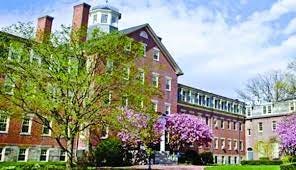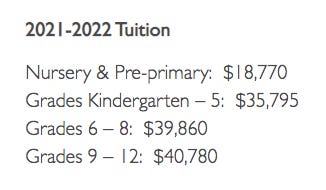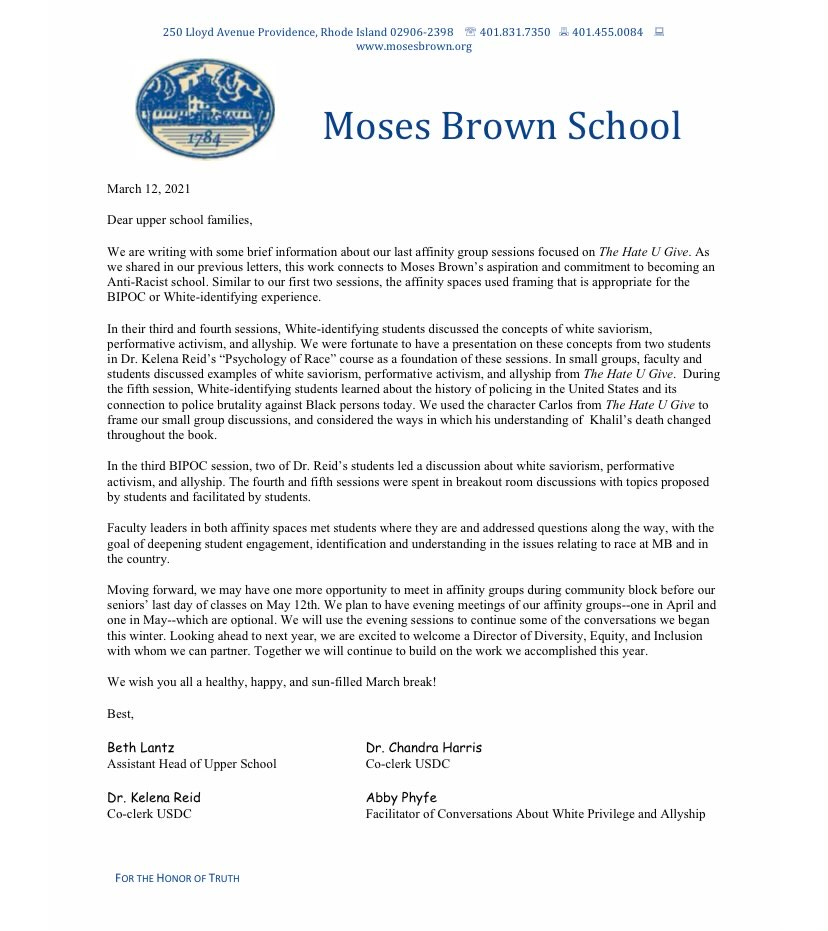Students Divided by Race *During* the School Day
White-Identifying in this room, BIPOC in that room
Add Rhode Island to the list of states where elite private schools have taken “anti-racism” and flipped it on its head to look a lot like something that divides far more than it unites. Along the same lines as what both Caitlin Flanagan, in the Atlantic, and Bari Weiss in City-Journal reported on last week, Moses Brown is an expensive private school steeped in Diversity, Equity and Inclusion (DEI) efforts.
I had heard from a few concerned people earlier in the year about the racial sorting that was occurring at the school and I was most struck by the fact that it was happening during the actual school day. Unlike the Los Angeles school I profiled in January with optional community dialogue sessions that divided students and families by race, sexual orientation, and religious ethnicity, this elite Providence school has only two groups: “White-identifying” and “BIPOC.”
To those of you new to the billion dollar industry of DEI, this kind of racially based sorting is common and known in the biz as affinity grouping. BIPOC is an increasingly ubiquitous acronym for Black, Indigenous and People of Color. The acronym is the subject of its own controversy; some find the term helpful because of how inclusive it is and others believe that by lumping every non-white group together, it is a form of erasure.
Clearly the leadership at Moses Brown is comfortable with the acronym—so comfortable, in fact, that it has become their preferred sorting mechanism for students. It appears from the letter below that students have been divided into race- based affinity groups four times during the school day this year:
As with so many of these stories, the people closest to it who are concerned are also hesitant to speak out. When I ask where their hesitancy comes from, their responses vary but there is one common theme: fear.
Here are some of the reasons for anonymity that I’ve heard just this month, including in relation to what is happening specifically at Moses Brown:
“People will call me racist.”
“I’m used to being called an Uncle Tom but I don’t want them to call my kid one too.”
“The school can ask us not to come back next year if we ruffle too many feathers.”
“I will get fired.”
“My best chance of going to my first choice college is to stay and graduate from this school.”
So they stay silent.
In the first paragraph of the letter above, upper school families are assured that “the affinity spaces used framing that is appropriate for the BIPOC or White-identifying experience.”
Appropriate according to whom? And can the writers of the letter explicitly define what they mean by the BIPOC experience? Or the White identifying experience?
If we ask the teachers and racially sorted students to define those terms, can they? And are the definitions even up for discussion? They certainly should be since a) this is a school that prides itself publicly on “the different worldviews that enrich and challenge our own” and on “the value of multiple perspectives b) there is a lot of variation and disagreement over how those terms are defined c) lots of people who are put into the BIPOC bucket reject the term BIPOC out of hand (so maybe they shouldn’t have to be sorted into a group with which they do not identify?)
At the end of the letter, families learn that the school will be partnering with a new Director of Diversity, Equity and Inclusion in the coming year.
Wonder if they’ll have to raise tuition to cover that new expense— teaching children to feel distrust and shame because of the color of their skin comes with a very high price tag in more ways than one.







What a horrible world we are creating.
"The acronym [BIPOC] is the subject of its own controversy; some find the term helpful because of how inclusive it is..." - What a JOKE! What about folks from Asia? How are they "inclusive" in this term? Or are some people happy with leaving them out of the "inclusive" equation?